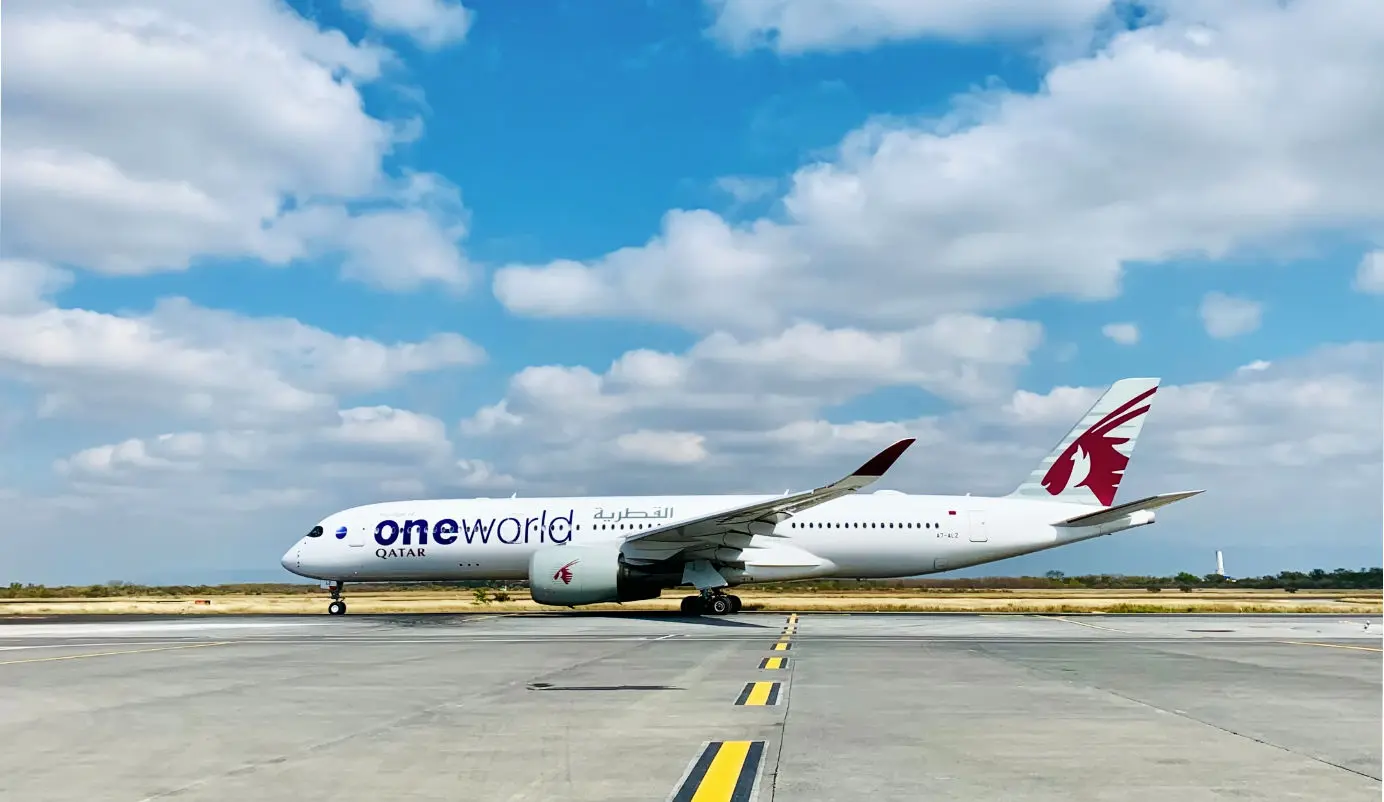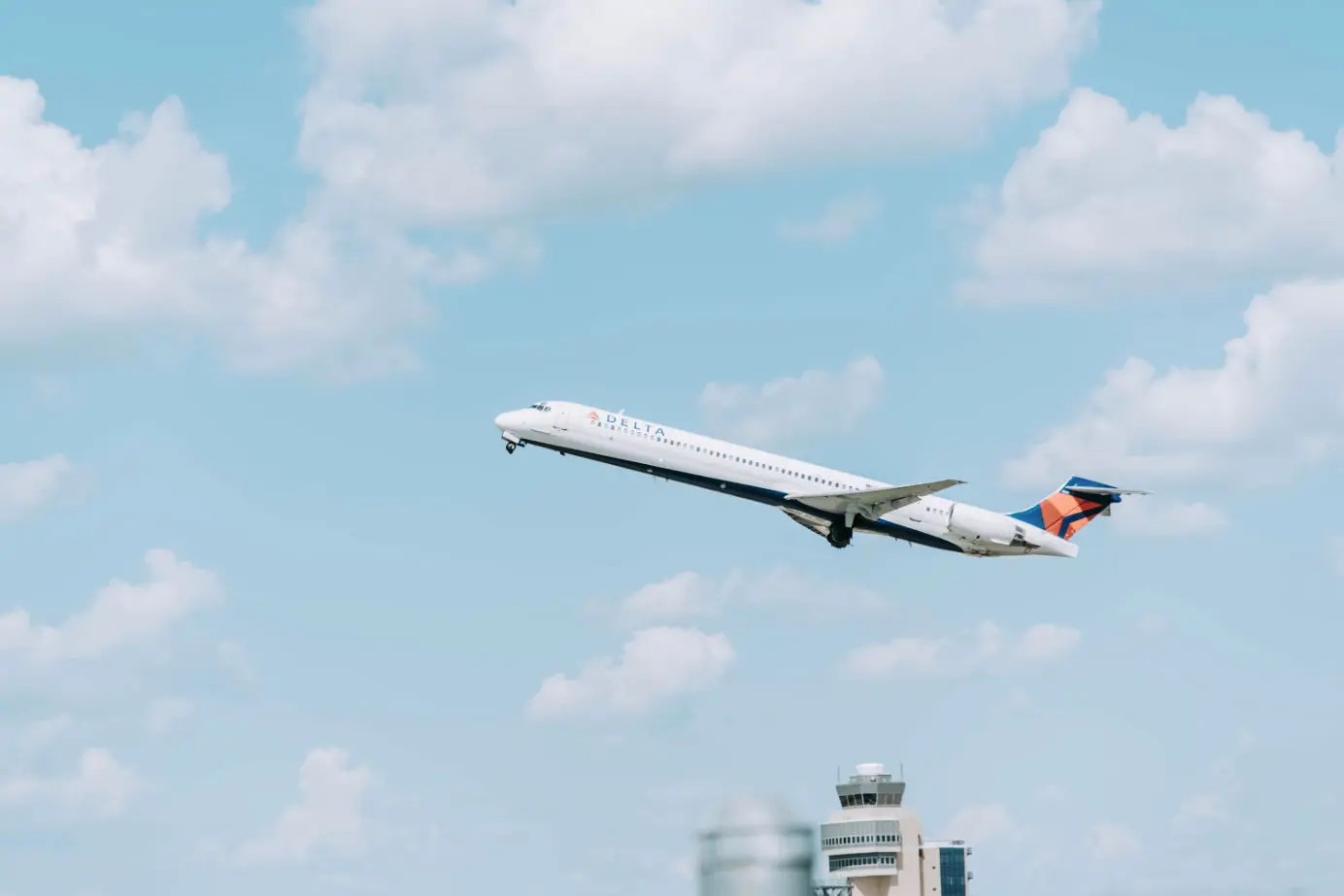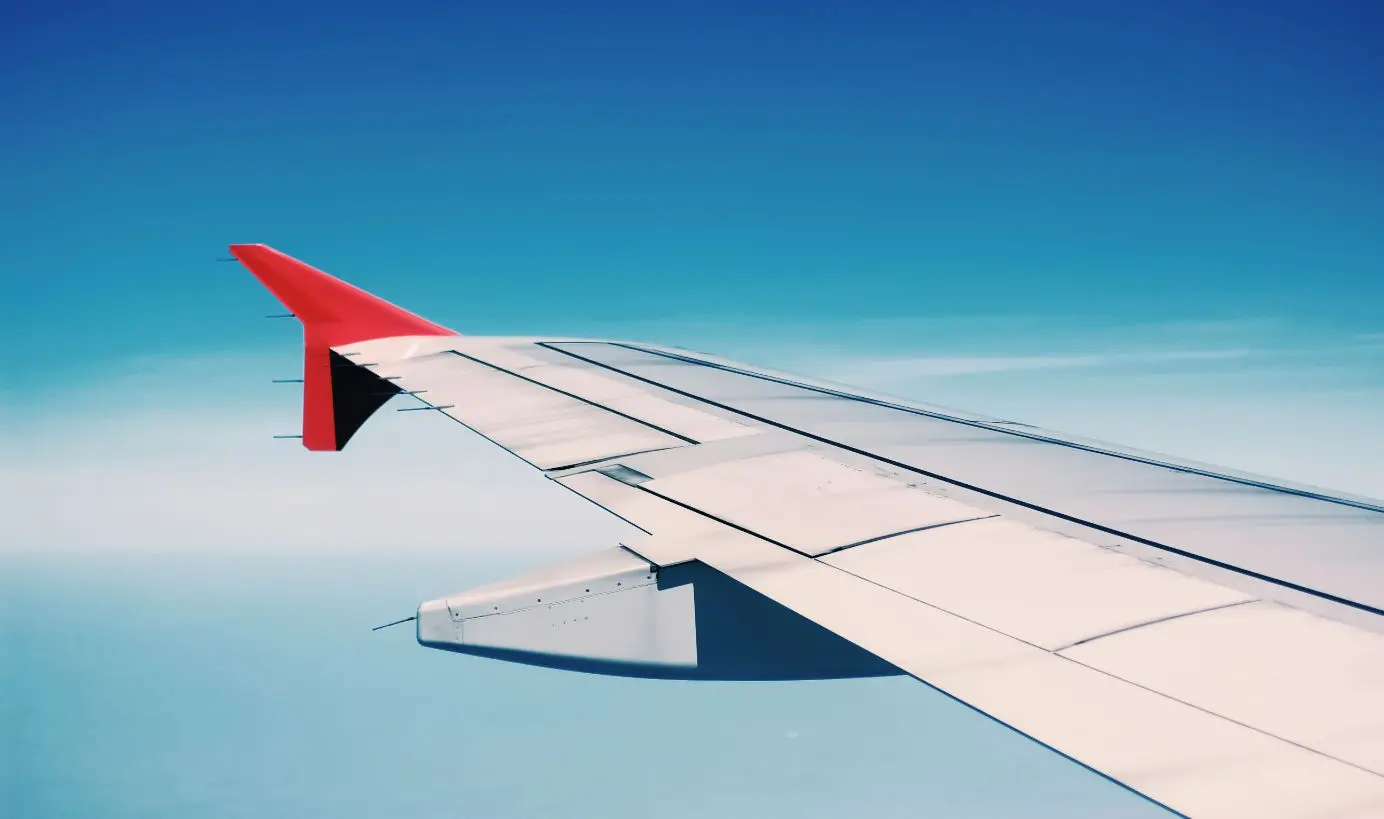
Why Are Most Planes Painted White? The Definitive Answer
Ever wonder why most planes are painted white? This article explores the practical and aesthetic reasons why white is the preferred color for aircraft exteriors.
Table of Contents
How often have you looked up at the sky when you hear a plane flying past? Nine times out of ten, probably. And what do you typically see? A white aircraft. Despite each airline boasting its distinct color theme, most commercial planes are painted white - at least to some extent. And today, you're going to find out why.
Despite popular belief, manufacturers don't just make white airplanes to catch your attention. Instead, there are several distinct reasons for the scheme.
But White Wasn't Always The Go-To Plane Color
When commercial aviation first began, white planes were pretty rare. Airlines and manufacturers opted for chrome or bare metal with little or no paint.
However, the chrome and metal theme died out gradually due to the rapid appearance of dust and dirt. Those in the industry constantly cleaned and polished their planes to prevent leaving a poor impression on their customers. Thus, they turned to white.
While you might think white shows the dirt more readily, that isn't strictly the case. Research discovered other plus points for the go-to plane color of the modern commercial airline world.
Why Are Most Planes Painted White?
With the short history lesson behind us, let's take a look at why most planes are painted white:
It Reflects Sunlight
The main reason most planes are painted white is because it reflects sunlight the best. Aircraft are ultra-exposed to sunlight when parked and in flight. Thus, white exteriors reduce cabin heat and prevent damage from intense solar radiation.

Consider it sunscreen for the airplane. Just like we wear sunscreen to protect our skin from sunburn, planes wear white to minimize damage.
Modern passenger jetliners made of composite materials (like the Airbus A350 or Boeing 787 Dreamliner) need even more sun protection as the composites are more prone to damage from UV radiation.
It Reduces Bird Strikes
In this context, a bird strike is a collision between a bird and an airplane taking off, landing, or in a low-altitude flight. Bird strikes are pretty common and can be a considerable threat to safety.
White paintwork enhances visibility, increasing its detection (thus avoidance) by birds. However, darker aircraft color schemes can reduce visibility, causing birds to collide with the plane.
It Isn't Likely to Fade - And Therefore Saves Money
Naturally, airplanes are exposed to a range of weather and atmospheric conditions. Temperature, wind, ice, and rain changes deteriorate paint, and colored coatings fade faster than white.
The problem? Faded paint is far less aesthetically pleasing to passengers (i.e., airline customers). Companies are then forced to repaint their aircraft, which is no mean feat.
Painting can take up to two weeks. The plane isn't generating revenue during this time, costing airlines between $150,000 and $300,000.
Not to mention that new paintwork adds weight to the aircraft — up to 550kg. Carrying the extra burden decreases profit margins and boosts fuel consumption. So, white paint saves companies an impressive amount of money.
It Makes It Wonderfully Easy to Spot Damage
Planes are filled with complex engineering. When painted white, professionals can more easily see damages that occur to its bodywork. Lighter colors better show dents, rust spots, cracks, oil spills, and corrosion than darker themes.
Repairs can be conducted quickly thanks to the easy-to-spot damage, lessening the chances of permanent or severe problems forming. Not to mention the unattractiveness (in passengers' eyes) of damaged bodywork.
Providing rapid repairs also improves the bottom line, saving companies a lot of money and time in the long run.
It's Economically Friendly
Speaking of money, white pain is more economically friendly than pigmented colors.
Unlike wall paint or other solutions made for residential applications, aircraft paints are a complex blend of activators, catalysts, and polyurethane paints. Thus, they're far more expensive than standard formulas.
The price increases further due to the sheer size of the aircraft. A minimum of 240 liters of paint is necessary to paint a standard Boeing 737, rising to 3,600 for an Airbus A380.
"Most" Is The Operative Word Here
Of course, there are exceptions to this rule.
Take Air New Zealand, for example. The company recently painted a few of its planes black for a $13.3 million marketing collaboration with Tourism New Zealand. It certainly made its mask in history by delivering the first entirely black jet with Star Alliance branding.
Elsewhere, lower-cost brands typically favor colorful paintwork (easyJet, for instance). Non-white designs are also seen by Southwest Airlines, Wizz Air, Spirit Airlines, PLAY, and Iceland's Wow Air.
The Bottom Line
So, why are most planes painted white? To reflect the sun, reduce the likelihood of bird strikes, limit fading, save money, and make it easy to spot damage. Protecting the bottom line is essential for airlines, but so is the comfort and opinion of their passengers. And white seems to tick all their many, many boxes.
Planenerd Newsletter
Join the newsletter to receive the latest updates in your inbox.






